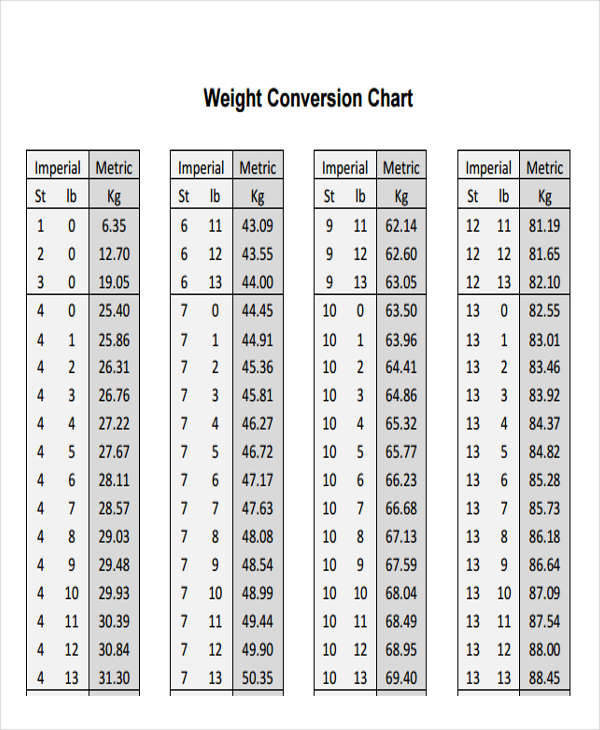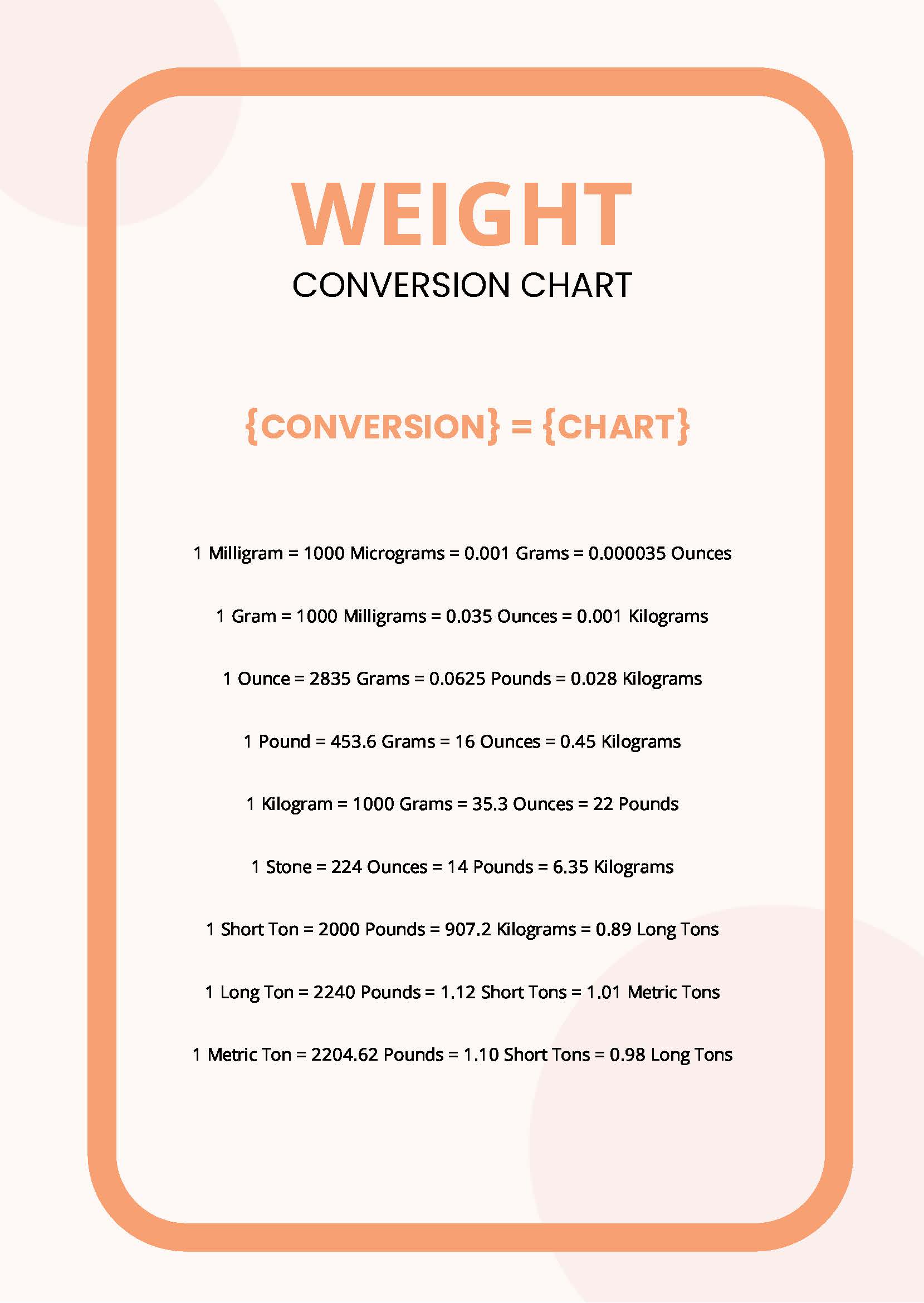Are you tired of scratching your head over weight unit conversions? Whether you're following a recipe, reading nutrition labels, or just trying to impress your friends with your newfound knowledge, understanding how to convert weight units easily is essential. In this guide, we’ll break down everything you need to know about weight measurements, provide a comprehensive weight unit conversion chart, and share the best online weight conversion tools that will make your life easier. So grab your measuring spoons, and let’s dive in!

Understanding Weight Unit Differences in Cooking
Cooking can be a delightful adventure, but it can also turn into a disaster if you don’t get your measurements right. Did you know that different countries use different units for weight? For instance, while Americans typically use pounds (lbs) and ounces (oz), the rest of the world often relies on grams (g) and kilograms (kg).
Why It Matters
When you’re baking a cake or whipping up a savory dish, precision is key! Here’s a quick comparison to help clarify:
- 1 lb = 16 oz
- 1 kg = 2.20462 lbs
- 1 g = 0.03527396 oz
Imagine you’re following a recipe from a British cookbook that lists ingredients in grams, but you’re used to measuring in cups and ounces. This is where understanding weight measurement conversions for recipes becomes a game-changer!
Real-Life Example
Let’s say a recipe calls for 500 grams of flour. If you’re unsure how that translates into cups, you might end up with a floury catastrophe. (Trust us, you don’t want that!) In this case, 500 grams is roughly 4 cups of flour. Having a grasp of these conversions can save your dish from disaster!
How to Convert Weight Units Easily
Now that we’ve established the importance of understanding weight units, let’s get down to the nitty-gritty of how to convert them easily. Trust us, it’s simpler than you think!
The Basic Formula
To convert between units, you can use simple multiplication or division, depending on whether you’re moving up or down the conversion ladder. Here are a couple of quick examples:
-
Pounds to Grams: Multiply by 453.592. So, for 2 lbs:
( 2 , \text{lbs} \times 453.592 = 907.184 , \text{g} ) -
Grams to Ounces: Divide by 28.3495. For 100 grams:
( 100 , \text{g} \div 28.3495 \approx 3.5274 , \text{oz} )
Handy Tools
Of course, while the math isn’t rocket science, who has time for all that when you’re in the zone cooking? That’s where technology comes to the rescue!
- Best Online Weight Conversion Tools: Websites like ConvertUnits and Metric Conversions offer easy-to-use calculators for quick conversions. Just enter your weight, select your units, and voilà! Instant conversion.
Comprehensive Weight Unit Conversion Chart
If you’re the type who prefers to have everything laid out in front of you, we’ve got your back! Here’s a comprehensive weight unit conversion chart to keep handy in your kitchen or bookmark for future reference:
| Pounds (lbs) | Ounces (oz) | Grams (g) | Kilograms (kg) |
|---|---|---|---|
| 1 | 16 | 453.592 | 0.453592 |
| 2 | 32 | 907.184 | 0.907185 |
| 5 | 80 | 2267.96 | 2.26796 |
| 10 | 160 | 4535.92 | 4.53592 |
| 1 kg | 2.20462 | 1000 | 1 |
Print It Out!
Feel free to print this out or keep it saved on your phone! It’s a simple reference that can save you from culinary chaos.

A Quick Dive into Weight Measurement Conversions for Recipes
When it comes to cooking, not all weight measurements are created equal. Understanding these nuances can elevate your culinary skills from amateur to gourmet!
Recipe Specifics
For instance, the weight of ingredients like flour can differ based on how you measure it (scooping vs. spooning). A cup of flour can weigh anywhere from 120 to 150 grams, depending on how it’s packed.
Pro Tip
Always use a kitchen scale for the most accurate measurements, especially in baking. If a recipe says “1 cup of sugar,” knowing how to convert that into grams could mean the difference between a perfectly risen cake and a flat disaster.
Conclusion
Weight unit conversions might seem daunting, but with the right tools and a bit of knowledge, you'll be whipping up culinary masterpieces in no time! Remember to keep a comprehensive weight unit conversion chart handy, and don’t hesitate to use the best online weight conversion tools available.
So, whether you’re cooking up a storm or just figuring out how many grams are in a pound, you’ve got this! Now, go forth and conquer those recipes with confidence. Happy cooking!
Key Takeaways:
- Understand the differences in weight units used globally for cooking.
- Use simple multiplication or division to convert weight units easily.
- Keep a weight conversion chart and use online tools for quick references.
Feeling ready to take on the kitchen? Let us know your favorite recipe that needs a weight conversion, and we’ll help you get it just right!